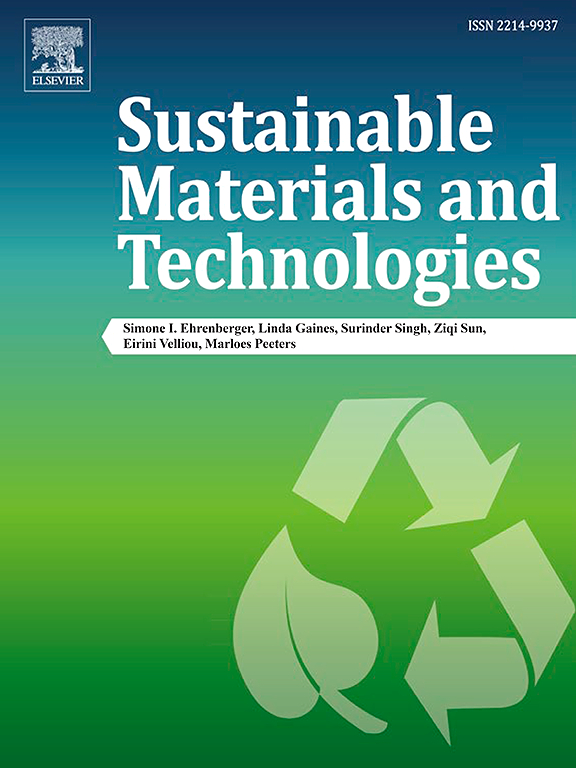4D printing of natural materials: A review
IF 8.6
2区 工程技术
Q1 ENERGY & FUELS
引用次数: 0
Abstract
4D printing involves the creation of dynamic structures that can change their properties, shape, or functionality over time in response to specific external stimuli like temperature, pH, humidity, and light. By combining the capacity of 3D printing to produce complex architectures with the realm of smart materials, 4D printing enables the design and manufacturing of objects capable of interacting with their environment. Despite its potential, the field of 4D printing is predominantly reliant on synthetic responsive materials, with limited advancements towards more eco-friendly alternatives. Additionally, while many 4D structures draw inspiration from nature, the integration of bio-based or biodegradable materials remains relatively uncommon. Aiming to draw the 4D printing community's attention to the need for sustainable smart materials, this review highlights the use of natural materials in 4D printing as alternatives to conventional synthetic ones. First, an introduction to 4D printing technology and its foundational elements is provided. Next, the natural materials that have been printed are detailed, including wood, natural fibers (flax and ramie), cellulose, lignin, plant oils (limonene, linalool, and soybean oil), starch, alginate, agarose, silk, chitosan, keratin, gelatin, pollen, proteins (bovine serum albumin), and xanthan gum, along with their biocomposites rheological, mechanical, and responsive properties. Finally, current applications, challenges, and future perspectives for green materials in 4D printing are discussed, contributing to the advancement of this emergent research field.

天然材料的4D打印:综述
4D打印涉及创建动态结构,可以随着时间的推移改变其属性,形状或功能,以响应特定的外部刺激,如温度,pH值,湿度和光线。通过将3D打印的能力与智能材料领域相结合,4D打印使设计和制造能够与环境相互作用的物体成为可能。尽管具有潜力,但4D打印领域主要依赖于合成反应材料,在更环保的替代品方面进展有限。此外,虽然许多4D结构从大自然中汲取灵感,但生物基或可生物降解材料的整合仍然相对罕见。为了吸引4D打印界对可持续智能材料的需求的关注,本综述强调了在4D打印中使用天然材料作为传统合成材料的替代品。首先,介绍了4D打印技术及其基本要素。接下来,详细介绍已打印的天然材料,包括木材、天然纤维(亚麻和苎麻)、纤维素、木质素、植物油(柠檬烯、芳樟醇和大豆油)、淀粉、海藻酸盐、琼脂糖、丝绸、壳聚糖、角蛋白、明胶、花粉、蛋白质(牛血清白蛋白)和黄原胶,以及它们的生物复合材料流变学、机械和响应特性。最后,讨论了绿色材料在4D打印中的当前应用、挑战和未来前景,为这一新兴研究领域的发展做出了贡献。
本文章由计算机程序翻译,如有差异,请以英文原文为准。
求助全文
约1分钟内获得全文
求助全文
来源期刊

Sustainable Materials and Technologies
Energy-Renewable Energy, Sustainability and the Environment
CiteScore
13.40
自引率
4.20%
发文量
158
审稿时长
45 days
期刊介绍:
Sustainable Materials and Technologies (SM&T), an international, cross-disciplinary, fully open access journal published by Elsevier, focuses on original full-length research articles and reviews. It covers applied or fundamental science of nano-, micro-, meso-, and macro-scale aspects of materials and technologies for sustainable development. SM&T gives special attention to contributions that bridge the knowledge gap between materials and system designs.
 求助内容:
求助内容: 应助结果提醒方式:
应助结果提醒方式:


